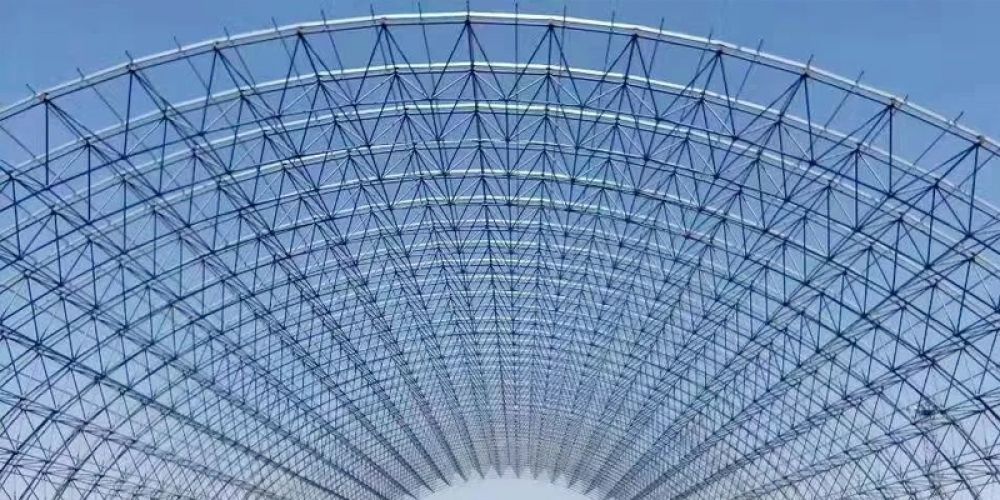
Air-supported membrane structures without a diagonal steel cable network are considered temporary primarily due to considerations regarding their structural characteristics and stability. Here's a detailed analysis:
1. Insufficient Structural Stability
Air-supported structures rely on internal air pressure to maintain their shape and stability. However, under extreme weather conditions (e.g., strong winds or heavy snow), those lacking diagonal steel cables become vulnerable to deformation and instability. The cable network significantly enhances wind resistance and structural integrity by distributing external forces across anchor points.
2. Limited Load-Bearing Capacity
Without steel reinforcement, such structures depend solely on membrane strength and internal air pressure to withstand external loads. The diagonal cable system dramatically improves load-bearing capacity by effectively transferring stresses to multiple anchor points. This limitation restricts non-reinforced structures to lighter-duty applications.
3. Shorter Service Life
Compromised stability and load capacity accelerate wear and tear in cable-free structures, leading to deformation and membrane degradation over time. In contrast, steel-reinforced variants demonstrate superior resistance to environmental stressors, ensuring extended durability.
4. Narrow Application Scope
Non-reinforced structures are suitable only for temporary, low-demand scenarios like provisional storage or short-term exhibitions. Permanent facilities requiring high stability (e.g., stadiums or convention centers) necessitate cable-reinforced designs.
Conclusion
The absence of diagonal steel cables imposes critical limitations on structural stability, load capacity, longevity, and applicability, relegating such air-supported structures to temporary use. Practical implementation requires careful evaluation of operational needs and environmental conditions to determine appropriate architectural solutions.